Harborsz Logistic
Working together closely with the Harborsz team, we developed a system that helps oversee all operational aspects of this logistics company.
Background
Harborsz's main field of activity is the organisation of freight transfers by ferry, bridges or tunnels. Prior to developing the current system, the daily activities required switching between multiple applications and emails.
As a result of this new integrated business management software, Harborsz were able to fully automate their processes, reduce human error and oversee all aspects of their operation.
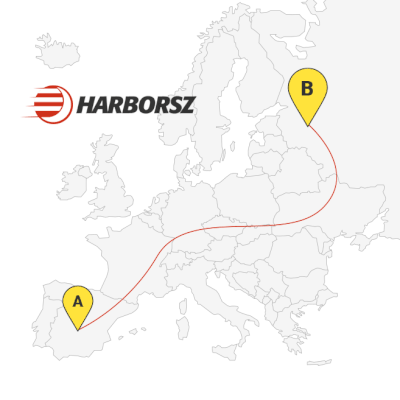
Key problems and solutions
Booking tolls and ferry tickets was a manual process
ProblemEvery time a shipment required crossing a toll road or transport by ferry, bookings had to be made manually, either by accessing a 3rd party system or by email.
SolutionAfter several preliminary meetings with the providers, we successfully integrated all the 3rd party systems through APIs, allowing for the automatic booking of toll and tickets by simply selecting the route.
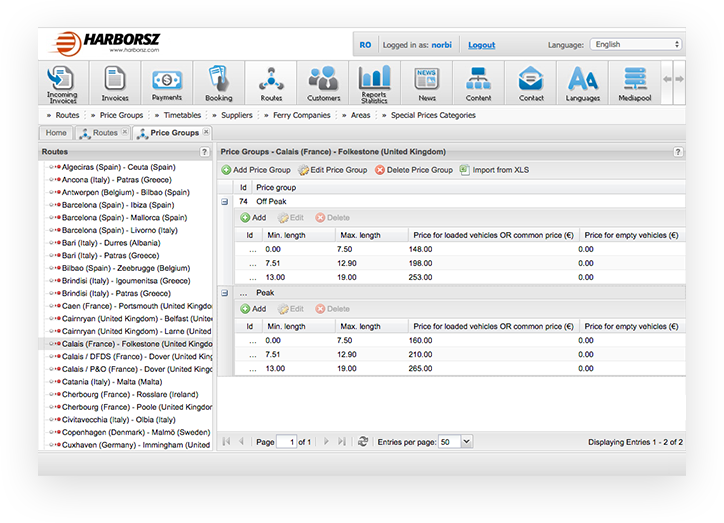
Customers had to directly contact Harborsz for booking
ProblemPreviously, if customers wished to make a booking, they had to access the Harborsz website and make a booking request there. This didn't allow them to automate their own processes.
SolutionCollecting feedback from the customers, the demand for an automatable booking process quickly became apparent. By further interviewing them, we gathered a lot of valuable input on what their use cases are, and developed an API to our system that would handle all their business needs.
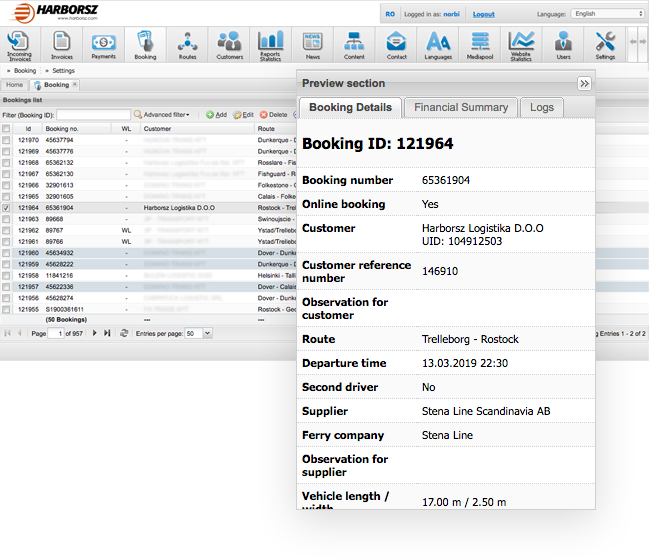
 Edina BAKK
Edina BAKK
"For us the greatest advantage of the Harborsz Logistic software is that it's a complete, integrated solution. We no longer have to carry-out our daily operations by switching between different systems and email.
This greatly reduced the frequency of errors and increased productivity."
The key takeaway
3rd party integrations can be hard
Each of the 3rd party suppliers had different gateway mechanisms to access their data. Some had well documented APIs, some had only FTP access to a repository. Some were SOAP-based APIs, some were REST.
One of our biggest challenges was developing an interface that would be flexible enough to communicate with all the different gateways and also be extensible, so that new APIs and connections could be added in later.
 Expand gallery
Expand gallery

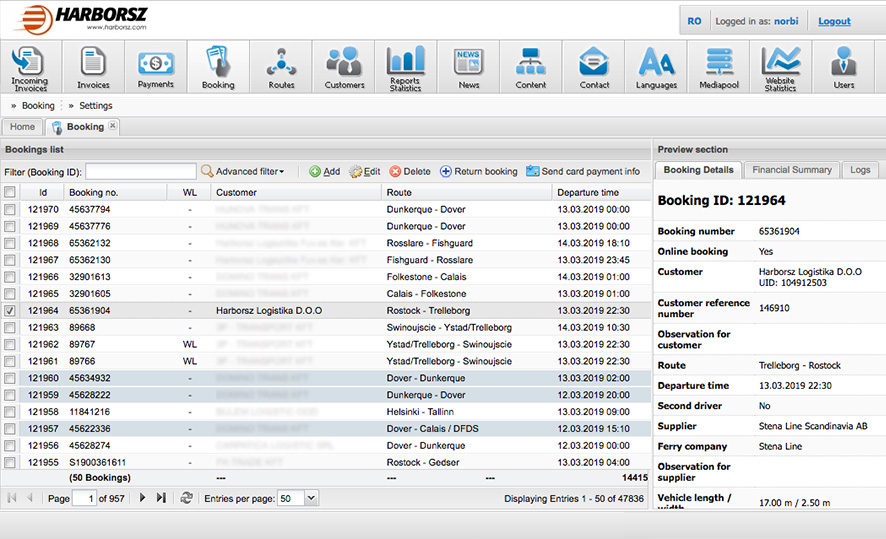
Bookings
The bookings screen is where most of the activity happens. All the booking requests from the website or from the API are clearly shown to the operators.
Most of the bookings are automatically processed: fares and tolls are automatically reserved and invoiced.
Where this is not possible, the software clearly signals the operator, that human intervention is necessary.
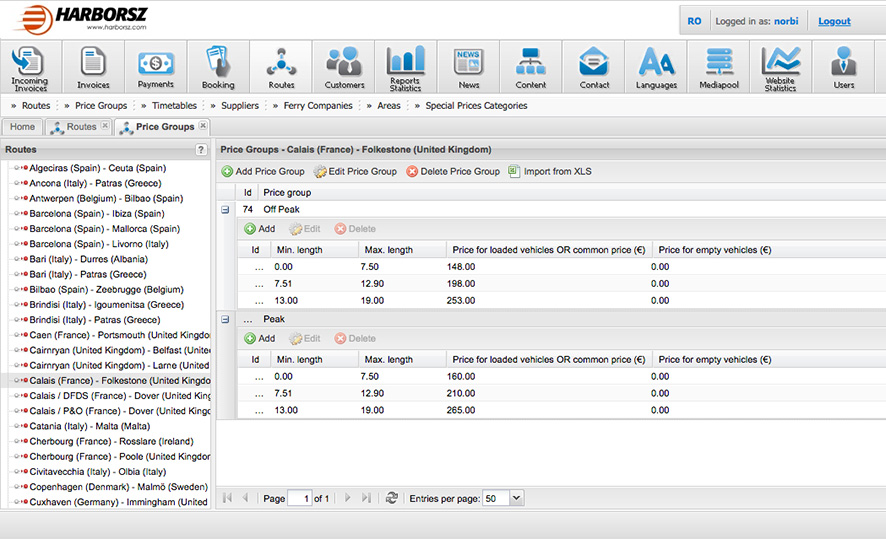
Dynamic pricing
Dynamic pricing is what makes the automation possible. Dozens of variables are considered when pricing a route: vehicle size and weight, cargo surcharges, number of drivers, route length, peak seasons, port dues and 3rd party service costs.
Detailed reports are generated at regular intervals, allowing the Harborsz staff to tinker with the pricing models to cover costs and increase profit margins.